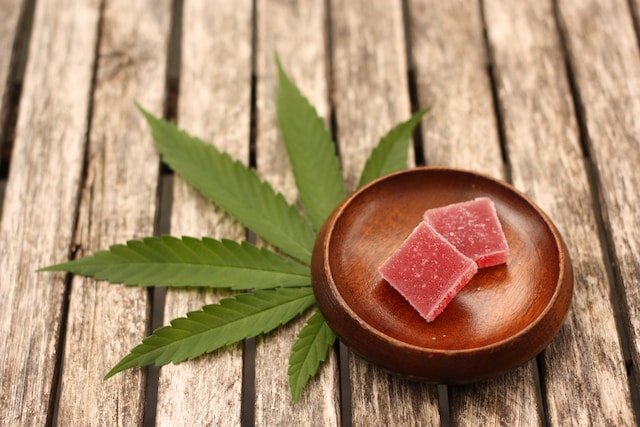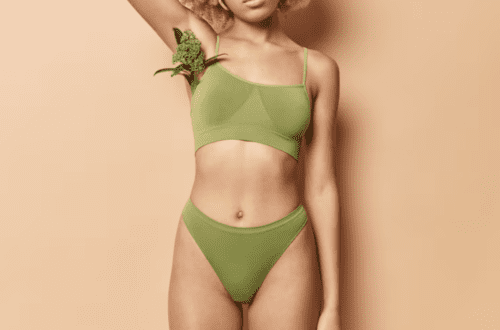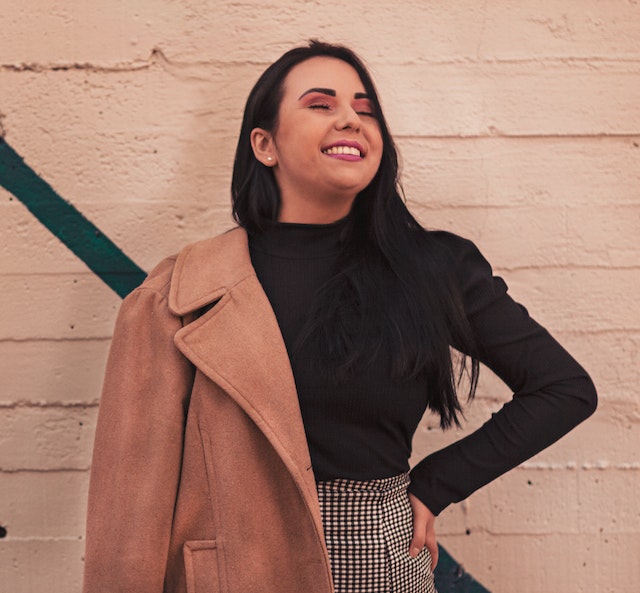Edible cannabis is any food infused with THC (the psychoactive compound that gets you high) or other cannabinoids. They can be homemade or purchased from dispensaries, including baked goods, gummies, tablets and beverages. Eating too much can cause adverse side effects such as paranoia, delusions and anxiety. The results can take a few hours to kick in, so starting small is important.
Nutrition
It’s important to remember that edible cannabis is still food. The calories in cannabis are fairly low, but it’s best to check the nutrition facts. For example, one weed brownie can have 50-200 calories. It’s vital to keep cannabis products out of the reach of children and dogs. The safest way is to store them in child-resistant containers and place them somewhere out of sight. Edibles packaged to look like regular candy or treats can be very tempting for kids and pets to ingest, which could result in drowsiness, choking or other serious health problems. The right dose of an edible can vary greatly between individuals based on several factors, including their diet, weight, lifestyle and genetics. The amount of fat in the food and edibles eaten can also influence how long it takes to feel its effects. It is because cannabinoids are fat-soluble and need to bind to fat to be absorbed in the body. For this reason, it’s a good idea to pair thc edibles with a meal.
Dosage
Cannabis-infused edibles are a safe, fun and convenient way to consume the herb. The biggest drawback to this popular method of consumption is that it’s easy to over-consume and end up high enough to cause unintended side effects or a “munchies fugue.” Getting the right edible dosage is incredibly important. It can be difficult to know how many milligrams of THC you’re consuming, and edibles can take longer to kick in than smoking does.
The recommended starting point for most edible consumers is 5mg of THC per serving. This level provides moderate pain relief, appetite stimulation and relaxation/anti-nausea effects. For those with higher tolerances, a 10mg edible can effectively manage chronic pain and increase levels of euphoria and coordination. Consuming edibles with a ratio of THC: CBD is also possible, which tends to mitigate some of the psychoactivity that can occur with too much THC and make it easier to control your dose.
Storage
Regardless of whether they’re homemade or store-bought, all edibles degrade over time. They can lose their taste, texture, potency and even color if not properly stored. Edibles are prone to degradation by heat, air and light, which can ruin their flavor and strength. Fortunately, there are techniques for increasing their shelf life and maintaining freshness. Glass jars (such as mason jars) with tight-fitting lids are good for storing most kinds of edibles, particularly those that are sticky. It is best to wrap the edibles in parchment or wax paper before putting them into the container so they don’t stick. Silicone containers are also an option, as they are air-tight and non-reactive. To maximize the longevity of your edibles, store them in a cool dark place away from light and heat. Keep in mind that light and heat will cause lipids to oxidize, which can lead to a loss of potency and flavor. Freezing is also an effective way to preserve your edibles. Just be sure to thaw them slowly before eating so they don’t suffer from freezer burn.
Preparation
Whether you want to enjoy the effects of your cannabis in a tasty treat or are looking for a discreet option that doesn’t require a bong, pipe, or dab rig, edibles may be your go-to. However, if you’re new to edibles, you should know a few things to ensure a safe and enjoyable experience. First, your weed needs to be decarboxylated, which means the cannabinoids will have to be heated up before you use them. This step is typically done in the oven at a temperature of 240 degrees Fahrenheit for about 30 minutes. Once your weed has been decarboxylated, you can make various cannabis-infused foods using your favorite recipe. For the best results, always add cannabis to a base ingredient, such as butter, oil, honey, or flour. For more accurate dosing, consider investing in a kitchen scale to avoid making mistakes with the quantity of cannabis you use. Additionally, when cooking with a fat-based infusion like butter or oil, it’s important to wait until your creation is nearing completion to add the decarbed cannabis so that the heat doesn’t strip the cannabinoid compounds.
Dosage Calculator
The high from edibles takes much longer than from smoking or vaping. It can take 30-60 minutes for the effects to kick in, and once they do, it’s another two hours before they reach peak effect. Because of this, it’s important to accurately calculate the amount of THC (or CBD) per serving in homemade or dispensary-bought edibles. You’ll want to use an edible calculator for the most accurate measurement possible. These tools break down the total THC and CBD count for each dish and each individual serving, even accounting for cannabinoid loss during the cooking process.
It’s also worth noting that your edible experience will vary depending on your body’s internal makeup and tolerance. If you’re new to edibles, starting with a low dose is a good idea and working your way up until you find the right balance. Too much can overwhelm and cause undesirable side effects like anxiety, dizziness, or paranoia. Using an edibles calculator can help you avoid this kind of overdose.





